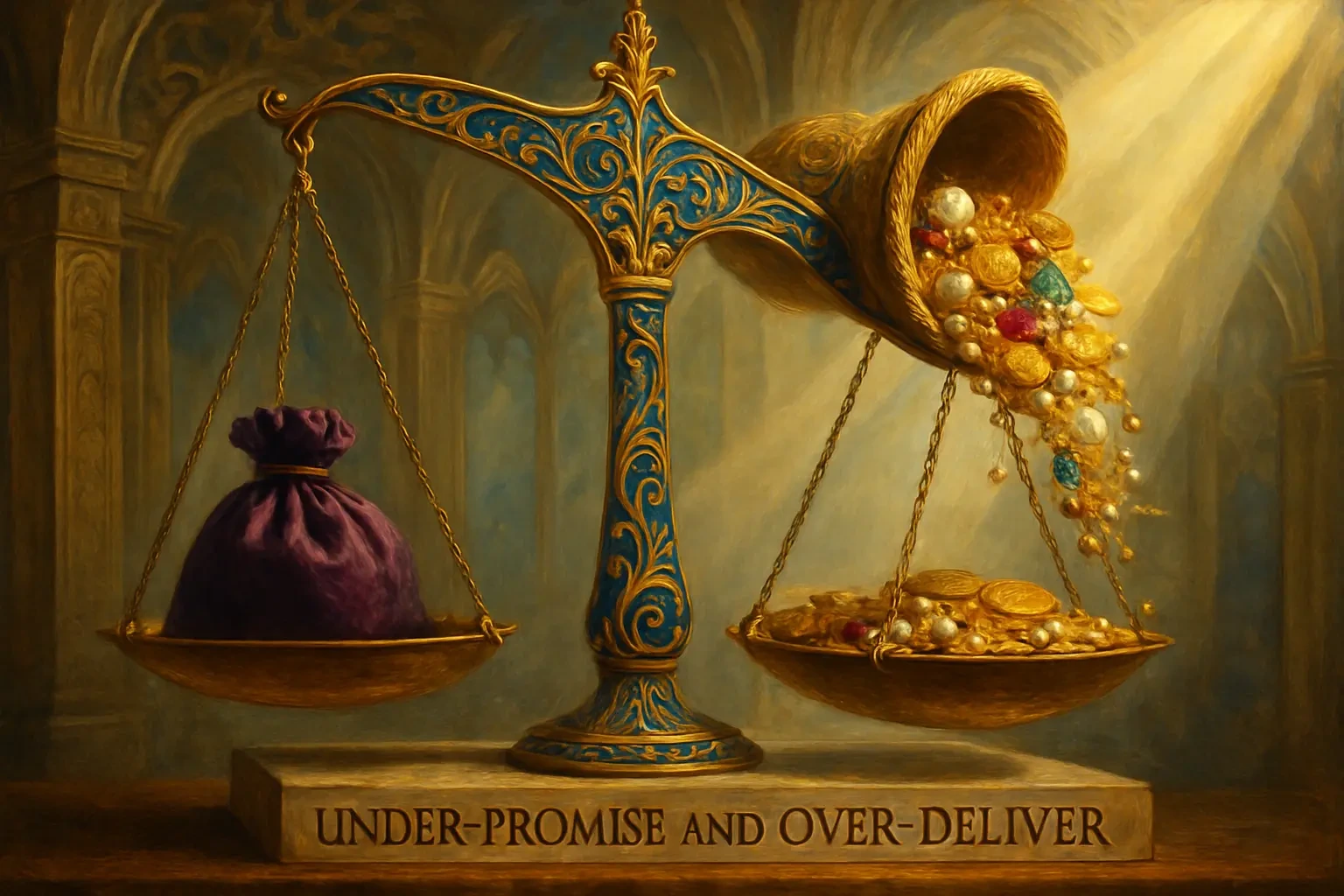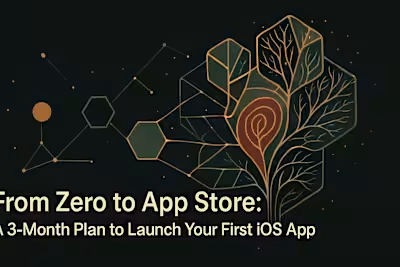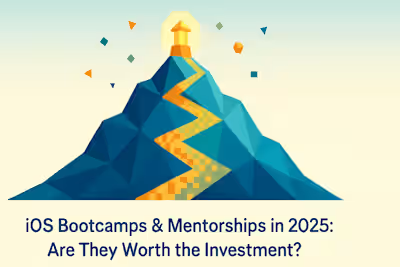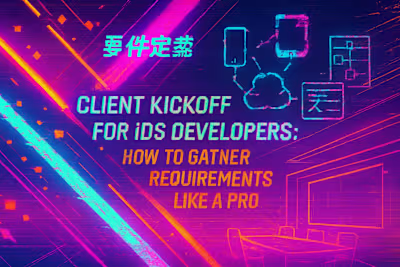Under-Promise and Over-Deliver: A Guide to Mastering Client Expectations

Under-Promise and Over-Deliver: A Guide to Mastering Client Expectations
The Psychology of Client Satisfaction
Why 'Under-Promise, Over-Deliver' Works
The Dangers of Over-Promising
Practical Strategies for Setting Realistic Expectations
Conducting Thorough Project Discovery
Creating Padded Timelines and Budgets
Communicating Timelines and Deliverables with Clarity
Techniques for Over-Delivering (Without Burning Out)
Delivering Ahead of Schedule
Providing Unexpected Value-Adds
Maintaining Proactive and Transparent Communication
When Things Go Wrong: Recovering from a Misstep
Owning the Mistake and Communicating Early
Presenting a Solution, Not Just a Problem
Conclusion
References
Under-Promise and Over-Deliver: A Guide to Mastering Client Expectations
The Psychology of Client Satisfaction
Why 'Under-Promise, Over-Deliver' Works
The Dangers of Over-Promising
Practical Strategies for Setting Realistic Expectations
Conducting Thorough Project Discovery
Creating Padded Timelines and Budgets
Communicating Timelines and Deliverables with Clarity
Techniques for Over-Delivering (Without Burning Out)
Delivering Ahead of Schedule
Providing Unexpected Value-Adds
Maintaining Proactive and Transparent Communication
When Things Go Wrong: Recovering from a Misstep
Owning the Mistake and Communicating Early
Presenting a Solution, Not Just a Problem
Conclusion
References
Posted Jul 6, 2025
Build trust and delight your clients. Learn the art of under-promising and over-delivering on your iOS projects to foster long-term relationships and earn repeat business.









